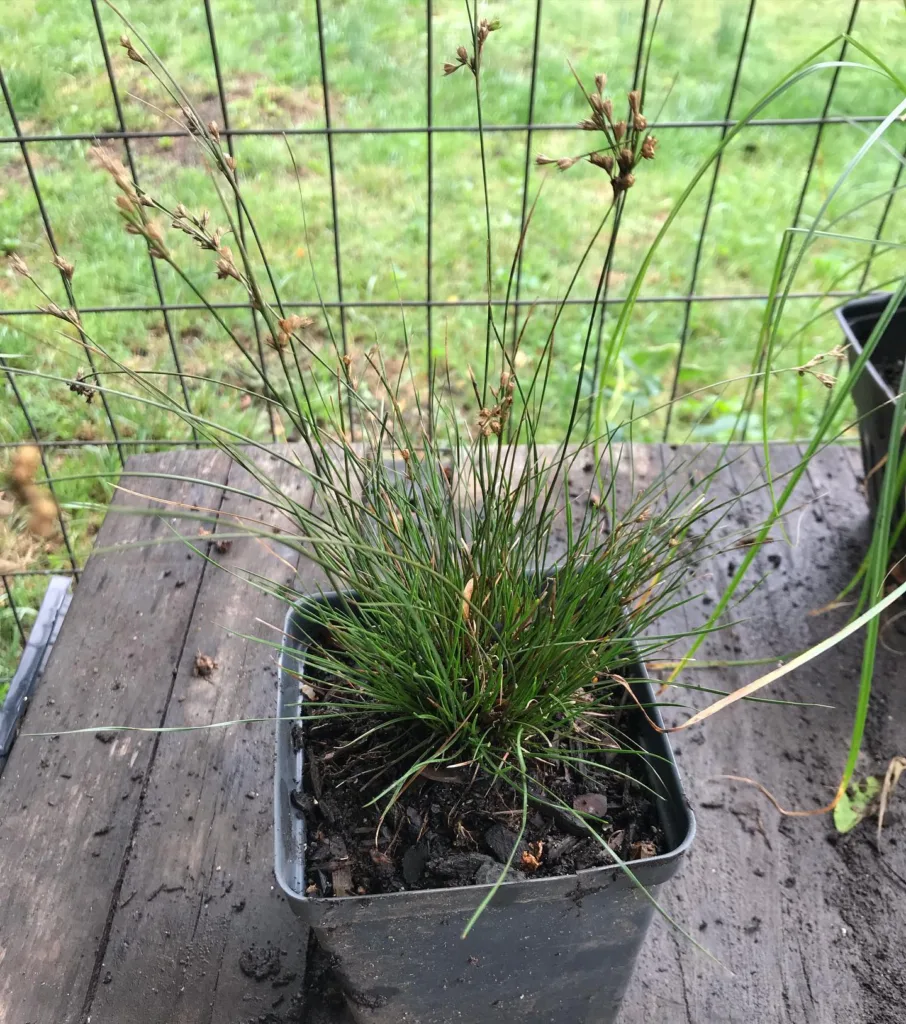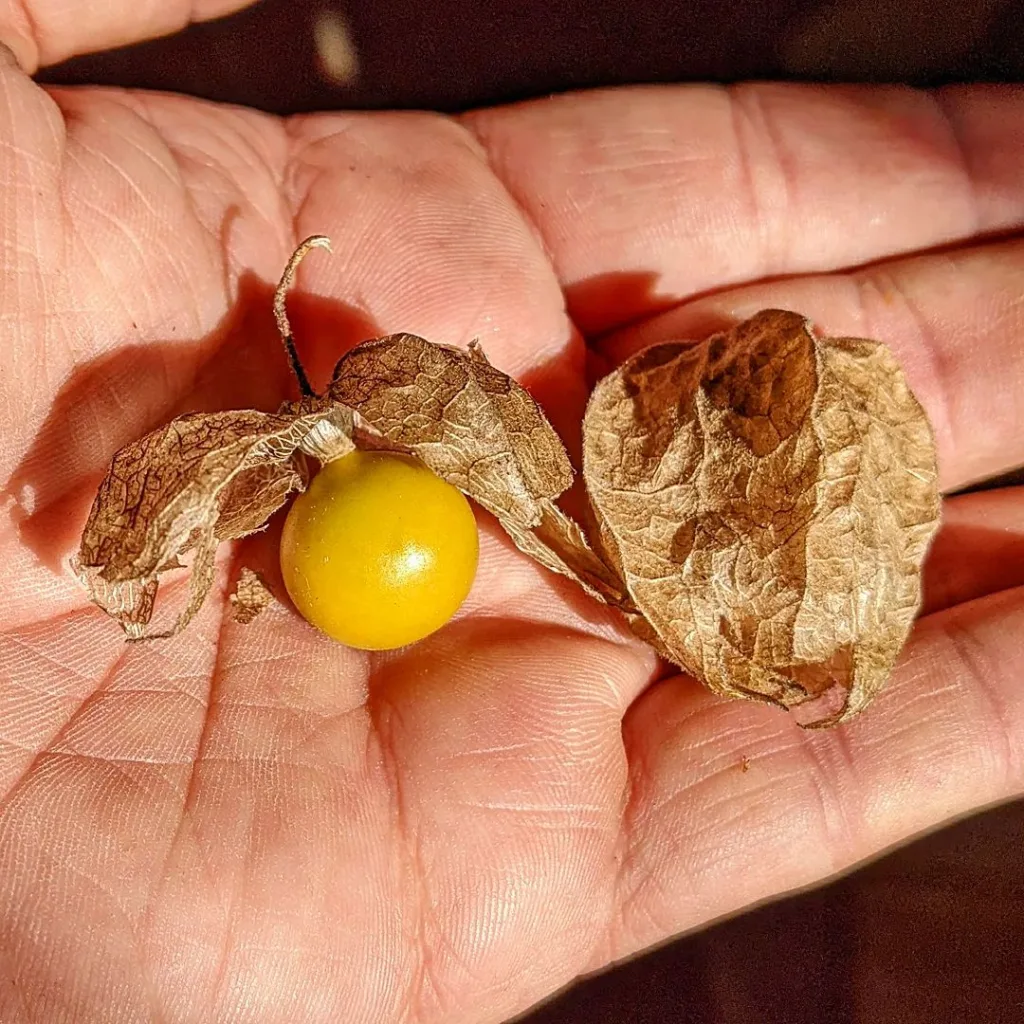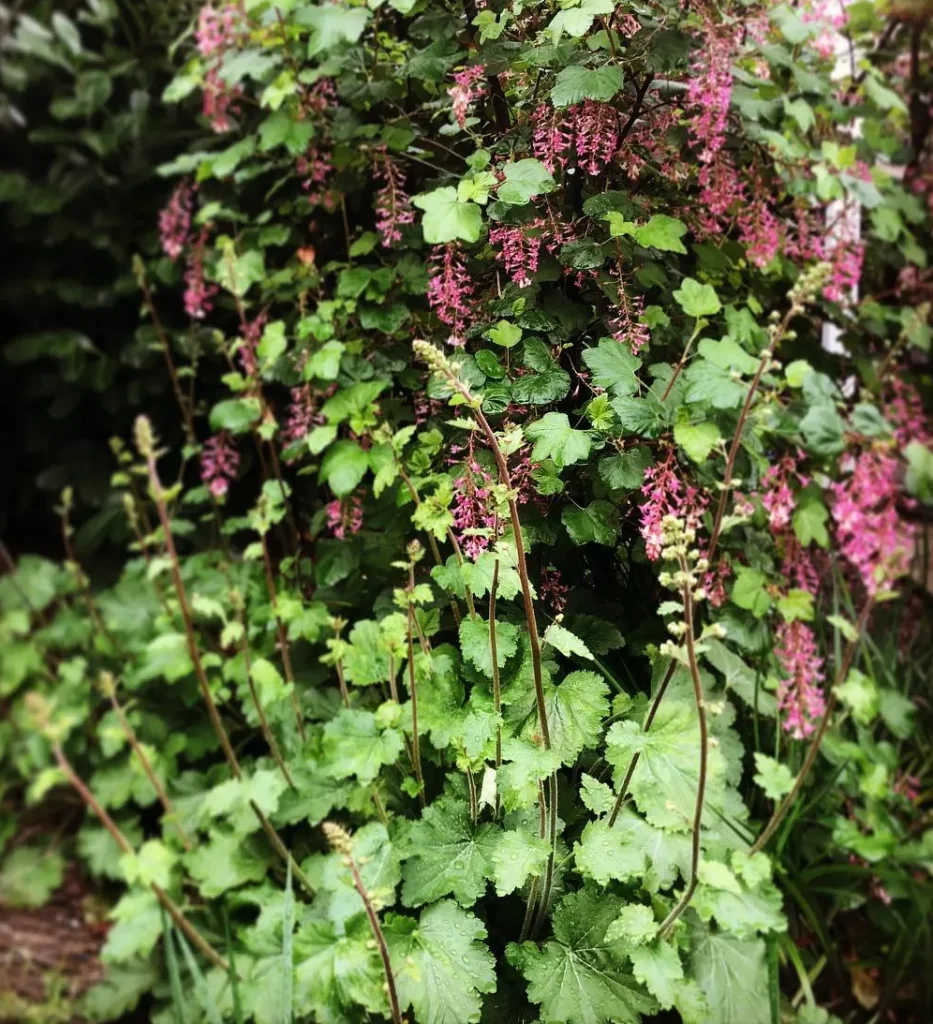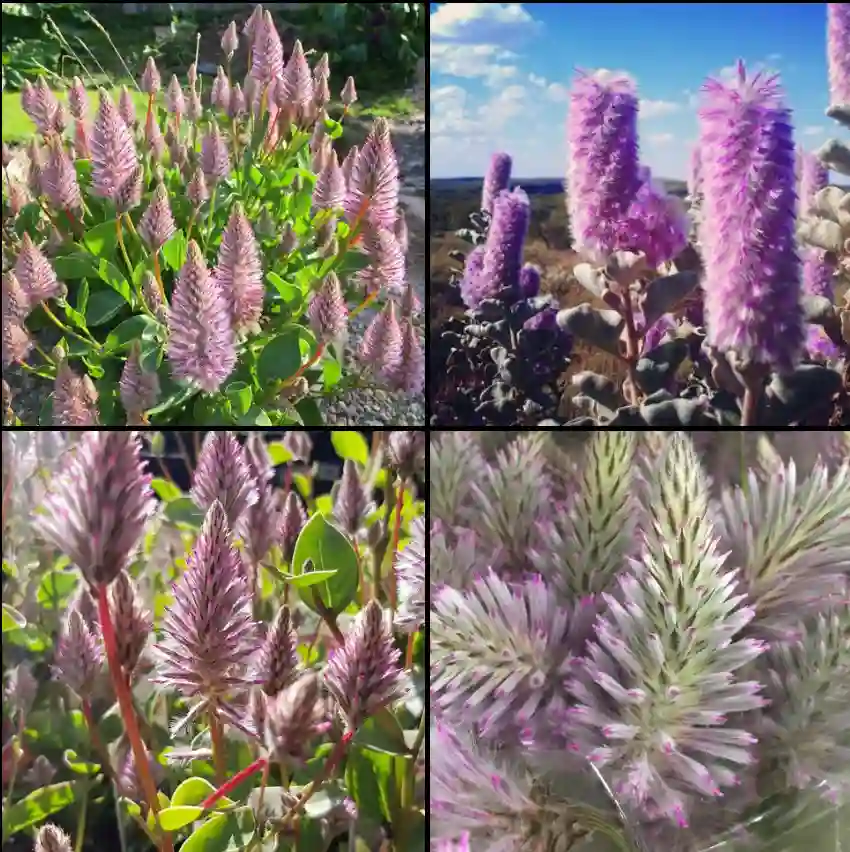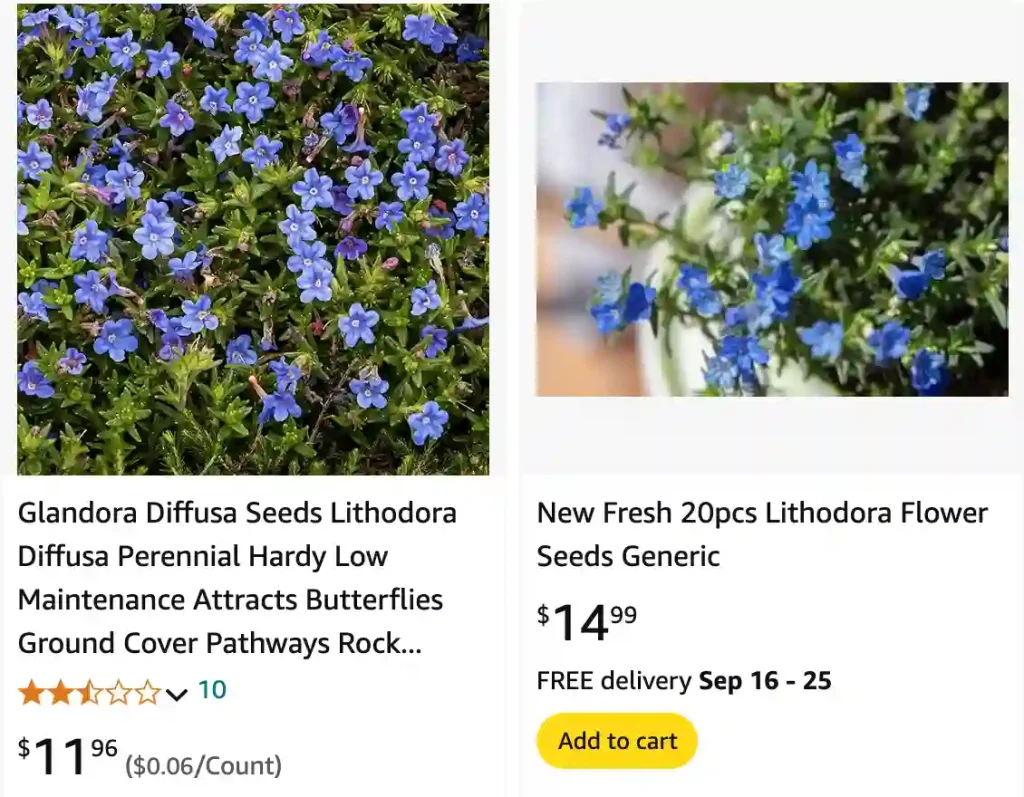
What Is Lithodora?
When I first came across the genus Lithodora, I was captivated by its vivid blue flowers and low-growing, mat-like habit. This genus belongs to the Boraginaceae family and is native to regions in Europe and the Mediterranean. Its species are often utilized in rock gardens, borders, or as ground cover, thanks to their resilience and vibrant appeal.
As I’ve worked with these plants over the years, three species have stood out to me: Lithodora hispidula, Lithodora zahnii, and Lithodora fruticosa. Each has unique characteristics, making them versatile additions to any garden. Let me share my personal experiences with these remarkable plants.
Is Lithodora Deer Resistant?
Yes, Lithodora is generally deer resistant. The plant’s tough, textured leaves and strong scent help deter deer, making it a great choice if you live in an area with high deer populations. However, no plant is completely deer-proof, so occasional browsing can still occur.
Does Lithodora Spread?
Lithodora does spread, but it does so slowly. It forms a dense mat of foliage and will gradually spread outwards over time. This makes it an excellent choice for groundcover, as it can fill in spaces and help suppress weeds.
How Fast Does Lithodora Spread?
In my experience, Lithodora spreads at a moderate rate. It can take a few years to cover a significant area fully. The plant’s growth rate will depend on factors such as soil quality, sunlight, and overall care. With optimal conditions, you can expect it to spread more quickly.
How Long Does Lithodora Bloom?
Lithodora typically blooms from late spring to early summer. The vibrant blue flowers last for several weeks, adding a splash of color to your garden. In some climates, you might get an extended bloom period, but the primary flowering season is generally around late spring to early summer.
Is Lithodora Poisonous to Dogs?
Lithodora is not known to be poisonous to dogs. It is considered safe for pets, so you don’t need to worry about toxicity if your dog decides to nibble on it. However, as with any plant, it’s best to prevent pets from consuming large amounts.
Are Lithodora Perennial Flowers?
Yes, Lithodora is a perennial plant. It returns each year, which makes it a great addition to any garden that you want to maintain over the long term. Its perennial nature means that it will provide beauty and ground coverage year after year.
Can You Divide Lithodora?
Yes, you can divide Lithodora to propagate new plants. It’s best to do this in early spring or fall when the plant is not actively blooming. Divide the root ball carefully and replant the sections in well-prepared soil. This method is effective for expanding your garden or sharing with friends.
Do Rabbits Eat Lithodora?
Lithodora is generally not a favorite of rabbits. Its tough foliage and strong scent make it less appealing to these critters. While not completely rabbit-proof, it’s less likely to be consumed compared to more tender plants.
Does Lithodora Bloom All Summer?
Lithodora doesn’t bloom all summer. Its primary blooming period is in late spring to early summer. After the main bloom period, the plant’s flowering will taper off, though the foliage remains attractive throughout the growing season.
How Big Does Lithodora Get?
Lithodora typically grows to a height of about 6 to 12 inches and can spread up to 18 inches wide. Its low-growing, spreading habit makes it ideal for covering ground and creating a lush carpet of color.
How to Care for Lithodora?
Caring for Lithodora is relatively straightforward. Here are some key tips:
- Sunlight: Lithodora thrives in full sun to partial shade. Ensure it gets at least 4-6 hours of sunlight daily.
- Soil: It prefers well-drained soil with a slightly acidic to neutral pH. Good drainage is crucial to prevent root rot.
- Watering: Water the plant regularly but avoid overwatering. Let the soil dry out slightly between waterings.
- Pruning: Lightly prune Lithodora after the blooming period to maintain its shape and encourage healthy growth.
Lithodora vs Lobelia
Lithodora and Lobelia are both excellent choices for ground cover, but they have different characteristics. Lithodora has a more compact growth habit and is known for its blue flowers, while Lobelia can be more trailing and offers a variety of flower colors. Lithodora is better suited for full sun, while Lobelia can tolerate more shade.
Lithodora vs Phlox
Lithodora and Phlox are often compared because of their similar blooming periods. However, Lithodora is a low-growing ground cover, whereas Phlox tends to be more upright. Phlox also has a broader color range and can handle a wider variety of soil types.
Common Problems with Lithodora
Lithodora is generally low-maintenance, but it can face a few issues:
- Root Rot: Ensure good drainage to prevent this problem.
- Pests: Occasionally, aphids or spider mites might appear, but they are usually manageable with insecticidal soap.
What to Plant with Lithodora?
Lithodora pairs well with other ground covers and low-growing plants. Consider combining it with plants like creeping thyme or sedum for a varied texture and color palette.
In summary, Lithodora is a resilient and beautiful plant that can enhance any garden. With proper care, it provides long-lasting color and coverage, making it a worthy addition to any landscape.
If i die, water my plants!
